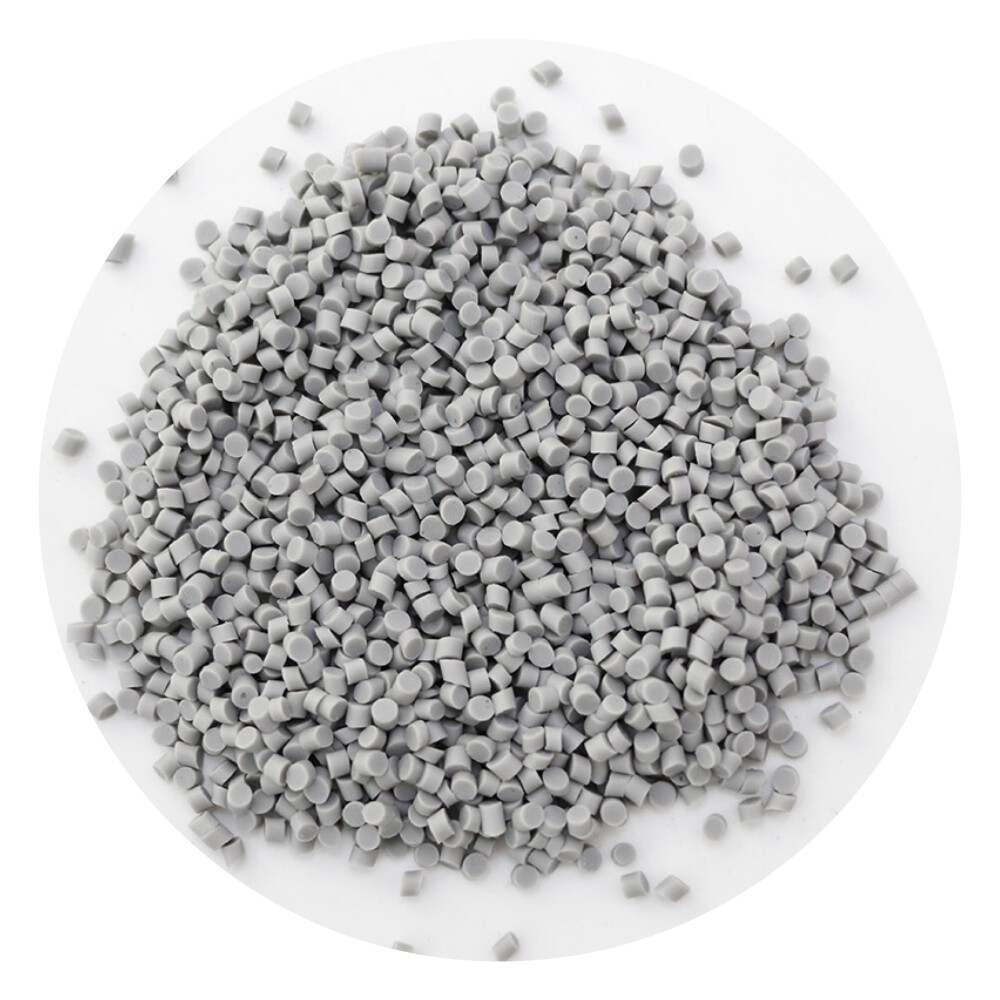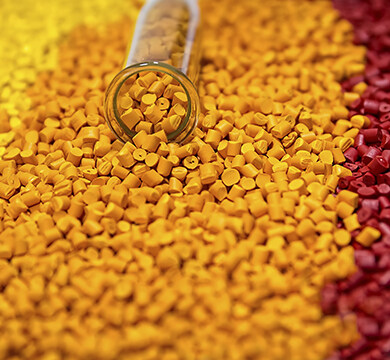Email format error
Email cannot be empty
Email already exists
6-20 characters(letters plus numbers only)
The password is inconsistent
Email format error
Email cannot be empty
Email does not exist
6-20 characters(letters plus numbers only)
The password is inconsistent

Offer Technical Support and Customized Solutions
The company is committed to creating new and improved plastic materials to meet the evolving demands of the market.

Professional Insights: The Application of TPE/TPR in Footwear Materials — Striking the Balance Between Flexibility and Performance
With the footwear industry’s growing focus on lightweight design, comfort, and sustainability, Thermoplastic Elastomers (TPE) and Thermoplastic Rubber (TPR) have become key material systems for outsoles and related shoe components. Combining the elasticity of rubber with the processing efficiency of plastics, these materials are favored by global shoe manufacturers and brands for their excellent mechanical properties and environmental advantages.
What Are TPE and TPR?
-
TPE (Thermoplastic Elastomer): A class of polymers that blends the flexibility and resilience of rubber with the ease of processing of thermoplastics, allowing for recyclability and efficient production.
-
TPR (Thermoplastic Rubber): Typically refers to TPE materials based on SBS or SEBS, widely used in outsole applications and often recognized as the “shoe-grade” segment of TPE.
Key properties:
-
Outstanding resilience and softness, delivering enhanced wearing comfort and dynamic cushioning
-
Excellent abrasion resistance and low-temperature flexibility, ensuring consistent performance in diverse conditions
-
High processing efficiency: compatible with injection molding, extrusion, and blow molding for large-scale production
-
Environmentally friendly and recyclable: low odor, low VOC, compliant with regulations like REACH and RoHS
From a Technical Perspective: Typical Footwear Applications of TPE/TPR
| Application Area | Material Advantages | Typical Products |
|---|---|---|
| Outsole | Lightweight, abrasion resistance, slip resistance, high elasticity | Sports shoe outsoles, casual shoe outsoles, kids’ shoe outsoles |
| Midsole/Insole | Cushioning, rebound, slip resistance, moisture absorption | Functional insoles, heel pads |
| Upper Accessories | Soft touch, easy coloring | Logos, toe guards, pull tabs |
| Sandal Soles | Hydrolysis resistance, softness, flexibility | Sandals, flip-flops |
Why Choose TPE/TPR for Footwear?
Lightweight design: Lower density than traditional rubber or PVC, helping reduce shoe weight
High design freedom: Supports dual-color injection, intricate textures, and multi-hardness composite structures
Eco-friendly and recyclable: Meets growing sustainability demands
Customizable performance: Formulations can be tailored for higher rebound, slip resistance, or cold-weather flexibility
Custom Solutions: Tailored for Diverse Footwear Needs
As a professional supplier of thermoplastic elastomers, we offer comprehensive modification technologies and product portfolios, including:
-
Wide hardness range (Shore A 35–90) TPE/TPR compounds
-
Special properties: low odor, oil and chemical resistance, ultra-low temperature flexibility, high abrasion resistance
-
Custom colors and surface feel
-
Technical support and joint R&D services
Whether your focus is sports, casual, or specialty footwear, we can provide high-performance, environmentally friendly, and competitive material solutions to match your design and production needs.
Conclusion
TPE and TPR continue to power the footwear industry with superior performance, processing versatility, and sustainability.
If you are seeking flexible, high-performance materials for your next footwear project, we invite you to contact us — we offer customized formulations, color matching, and stable material supply to help your products stand out in the market.

